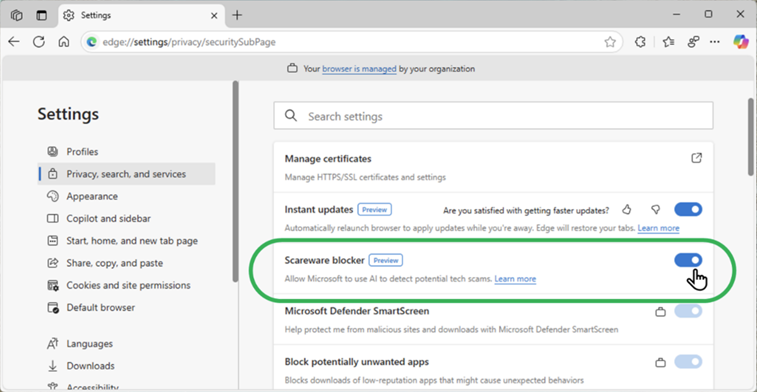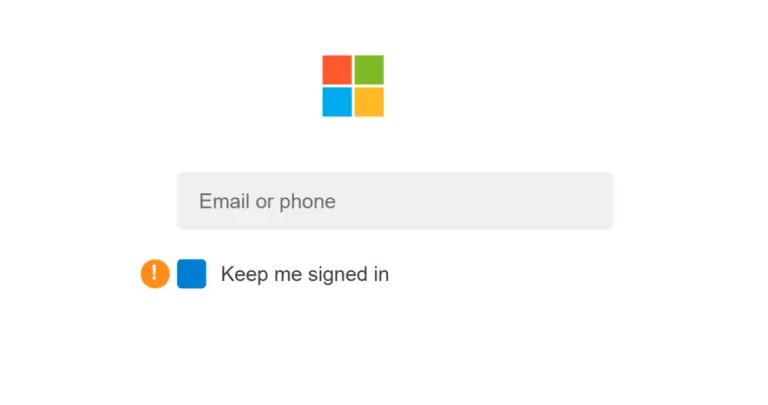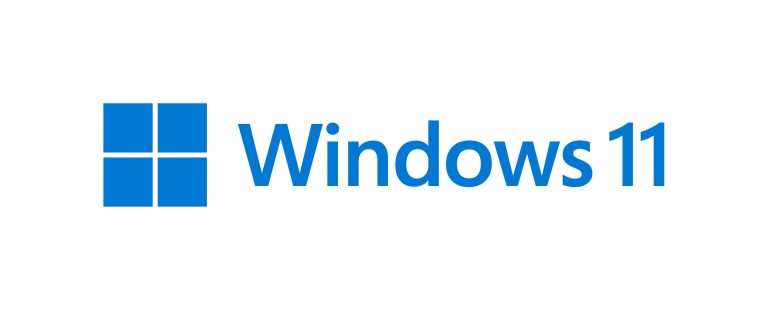
Microsoft has introduced a new security feature for the Edge browser—Scareware Blocker, designed to combat fraudulent websites that employ fear tactics to deceive users. This tool analyzes web pages in real time, detecting and blocking deceptive schemes. Currently available in preview mode, it serves as the first line of defense against fake virus alerts and tech support scams.
Scam websites employing scare tactics create a false sense of urgency, coercing users into calling fake technical support numbers. These sites may suddenly switch to full-screen mode, play alarming audio messages, or even disable mouse and keyboard inputs, making it difficult for users to close the page.
Scareware Blocker leverages machine learning and computer vision to identify tell-tale signs of such attacks. The feature operates locally on the device, without transmitting data to the cloud. If a website exhibits fraudulent behavior, Edge automatically exits full-screen mode, mutes the audio, and displays a warning with a minimized preview of the blocked page. Users can close the site immediately or report it, helping Microsoft enhance its security mechanisms more efficiently.
According to Microsoft, Edge blocked five times more fraudulent sites in 2024 compared to three years ago. However, traditional security solutions such as Microsoft Defender SmartScreen primarily target known threats. Scareware Blocker, on the other hand, works directly on the device, preventing deception in real time, even when a malicious site has only just emerged. These scams pose a significant risk to elderly users and those less experienced with cybersecurity.
- Full-screen pages mimicking system alerts – Fraudulent websites disguise themselves as Windows error messages, prompting users to contact fake technicians.
- Automatically playing alarmist audio and video messages – Scammers instill panic by falsely claiming that user data is at risk.
- Attempts to disable user input – Some malicious pages block keyboard and mouse functions, making it harder to exit the site.
- Redirects to fake tech support numbers – Users are manipulated into believing that the only way to secure their data is by calling the provided number.
The feature is currently available in preview mode for Windows users running Microsoft Edge. To activate it:
- Update Edge to the latest version.
- Navigate to Settings → Privacy, Search, and Services.
- Locate Scareware Blocker and enable it.
- Restart the browser to apply the changes.
Microsoft encourages users to report fraudulent websites and contribute to the refinement of Scareware Blocker, helping minimize false positives and improve overall threat detection.


